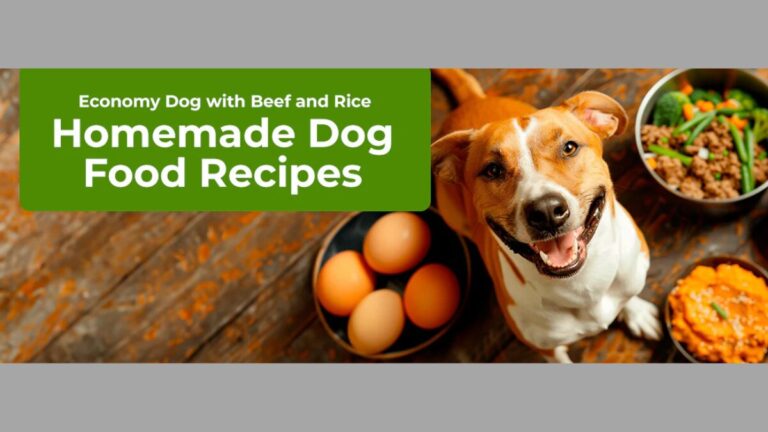Introduction: The Curiosity Around Dogs and Steak
Steak is a widely-loved meal for humans, and many pet owners wonder if their dogs can safely indulge in this delectable treat. While steak can provide nutritional benefits, improper preparation or excessive feeding may pose health risks. In this article, we’ll delve into the details of whether dogs can eat steak, the benefits and dangers, preparation tips, and much more to ensure your furry friend stays safe and healthy.
Nutritional Benefits of Steak for Dogs
Steak is a rich source of protein, which is essential for a dog’s muscle development and repair. The amino acids found in steak support tissue growth, energy production, and overall vitality. Additionally, steak provides vitamins like B12 and minerals such as iron and zinc, which are crucial for a dog’s immune system and red blood cell production.
However, moderation is key. While steak can be a nutritious addition to your dog’s diet, it should not replace a balanced dog food diet. Overindulgence can lead to obesity, digestive issues, and nutrient imbalances. Understanding how steak fits into a dog’s diet is the first step to ensuring it becomes a safe occasional treat rather than a harmful habit.
Can Dogs Eat Cooked Steak Safely?
Cooked steak can be safe for dogs if prepared correctly. The cooking method is crucial to determine whether it’s healthy. Avoid seasoning the steak with ingredients like onion, garlic, or excessive salt, as these can be toxic to dogs. Opt for plain, unseasoned steak, ideally grilled or boiled without any added fats or oils.
Cooking also eliminates harmful bacteria like Salmonella, which can cause severe digestive issues in dogs. Be sure to remove bones from the steak, as cooked bones can splinter and lead to choking hazards or internal injuries. Understanding proper preparation is essential to serve steak as a safe snack for your pet.
Dangers of Feeding Raw Steak to Dogs
Feeding raw steak to dogs is a topic of debate among pet owners and veterinarians. Some advocate raw diets, suggesting that they mimic a dog’s ancestral eating habits. However, raw steak can pose significant health risks, such as exposure to harmful bacteria like E. coli or Salmonella. These pathogens can cause food poisoning, leading to symptoms like vomiting, diarrhea, and lethargy.
Raw steak can also harbor parasites, which may lead to serious infections in dogs. If you choose to offer raw steak, ensure it is of high quality, sourced from reputable suppliers, and handled with extreme care to minimize the risks.
The Role of Steak in a Dog’s Balanced Diet
Dogs require a well-rounded diet to meet their nutritional needs. Steak should be viewed as a supplement rather than a staple. A dog’s primary food source should consist of high-quality dog food that is formulated to provide all essential nutrients. While steak can add variety and extra protein, over-relying on it can disrupt your dog’s dietary balance.
Always consult your veterinarian before making significant changes to your dog’s diet. They can guide you on appropriate portion sizes and frequency, ensuring your dog enjoys steak safely and healthily.
Signs of Steak Allergies in Dogs
Some dogs may experience allergic reactions to steak or other beef products. Common signs of food allergies in dogs include itching, skin rashes, ear infections, and gastrointestinal upset. If you notice any of these symptoms after feeding your dog steak, discontinue it immediately and consult your vet.
Food allergies can vary in severity, so prompt attention is crucial to prevent further complications. If your dog has known sensitivities, consider alternatives like chicken or turkey, which may be less likely to trigger allergic reactions.
Tips for Safely Serving Steak to Dogs
To ensure steak is a safe and enjoyable treat for your dog, follow these guidelines:
- Serve in Moderation: Treat steak as an occasional snack rather than a regular meal.
- Choose Lean Cuts: Opt for lean cuts with minimal fat to reduce calorie intake.
- Cook Thoroughly: Avoid raw steak and cook it plain without seasoning.
- Cut into Small Pieces: Small portions reduce the risk of choking and aid digestion.
- Avoid Bones: Never feed cooked bones, as they can splinter and harm your dog.
Conclusion: Steak as a Treat, Not a Staple
In moderation and with proper preparation, steak can be a nutritious treat for dogs. However, understanding the risks and benefits is essential to make informed decisions. Always prioritize your dog’s overall diet and consult your veterinarian when introducing new foods. By taking these precautions, you
FAQ:
1. Can I Season Steak for My Dog?
No, you should avoid seasoning steak for your dog. Ingredients like garlic, onion, excessive salt, and spices can be toxic to dogs and lead to severe health issues. When preparing steak for your pet, serve it plain, unseasoned, and cooked thoroughly. This ensures it’s safe and easy for your dog to digest without the risks posed by harmful additives.
2. How Often Can I Feed My Dog Steak?
Steak should be given as an occasional treat, not a regular part of your dog’s diet. Feeding steak too often can lead to weight gain and nutritional imbalances. Depending on your dog’s size, activity level, and overall health, you can offer steak once or twice a month in small portions. Always consult your veterinarian for personalized dietary recommendations.
3. What Should I Do if My Dog Eats a Seasoned or Raw Steak by Accident?
If your dog accidentally eats seasoned or raw steak, monitor them closely for symptoms like vomiting, diarrhea, or lethargy. Seasonings such as garlic or onion can cause toxicity, while raw steak may expose them to harmful bacteria. If you notice any unusual behavior or symptoms, contact your veterinarian immediately for guidance. In most cases, early intervention can prevent serious complications.




